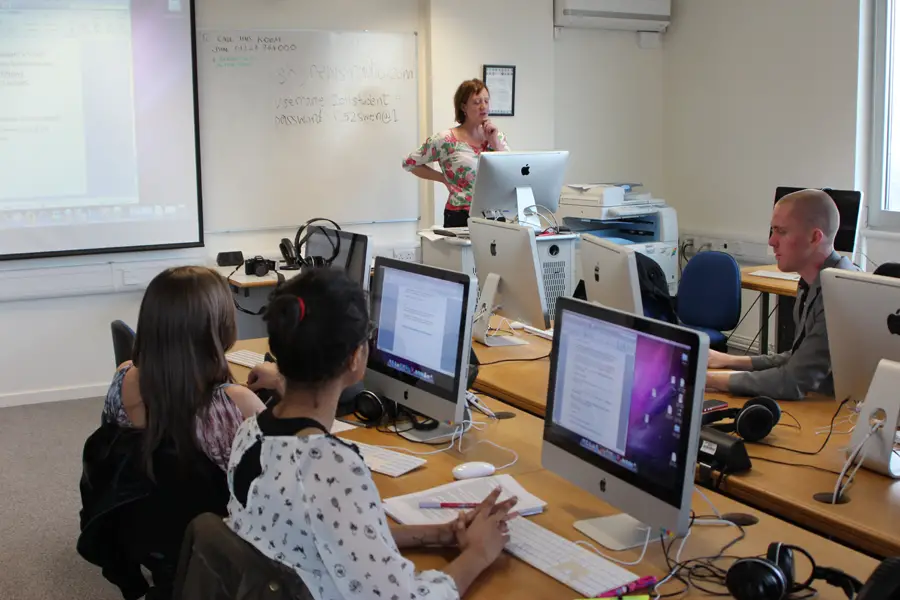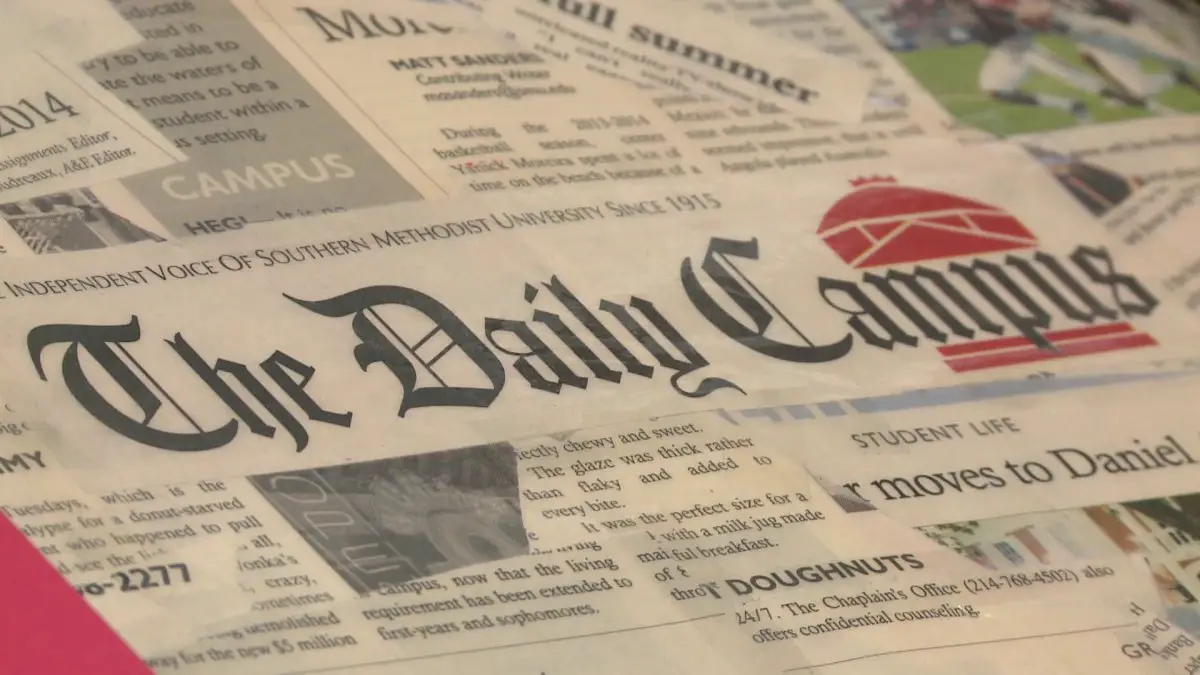As sports have been a major part of student life across the nation, journalism has been too. In fact, most students may encounter their first student newspaper paper in high school and some as early as middle school.
Years later, the same students are off in college, a time when their interests cement, and the high school journalists find themselves buried in stories and leads in their college dorm or even in their classrooms. That said, even though freedom of the press is a given right in the United States, that does not guarantee it is always accessible — unless people have access to an independent student newsroom.
Although newspaper readership has been declining the last few decades, student journalists still fervently continue to write during their classes and stay up late at night to report crucial stories to inform the public. Without a doubt, from working in an independent student newsroom, they have learned valuable lessons that carry into their careers.
Alumnus Don Mason implied that campus newsrooms provide crucial instruction for future journalists when he commented on Southern Methodist University’s (SMU) Daily Campus website that his time with the Daily Campus, the school’s newspaper, gave him “a chance to make some mistakes that [he] thereby avoided in a four-decade newspaper career.”
Moreover, alumnus Elisa Rochford also emphasized that the independence forced the newspaper staff to take full responsibility for what they published.
They both touch on the idea that independent newspapers allowed journalists and editors to get the full blow of their responsibilities as journalists, not just as students writing for the university newspaper. The key difference is that independent newspapers are not censored by the university.

Working in an independent student newsroom is a life-changing experience for the student journalists and editors. After all, aside from the independence, the particular newsrooms mimic real newsrooms.
For instance, student reporters pitch and sell their stories to editors rather than have stories assigned. Reporters learn early on what makes a noteworthy story to write and also how to work with editors. Although working in groups may not have been the best experience in English 1300, collaborating with others is a common practice in the workforce, especially in the journalism field, so student newsrooms ought to reflect that.
With the importance of independent campus newspapers in mind, it is disheartening to see them diminish from university campuses. Dissolving independent student newsroom has been a quiet, yet persistent, issue until SMU’s Student Media Company informed its readers that it cannot be quiet any longer.
Earlier in the semester, the Student Media Company, a 90-year-old independent newsroom, announced that it is closing its doors at the end of the semester due to a lack of funding. SMU has been known for its intense censorship of the Daily Campus newspaper, and the Student Media Company was the students’ response to reclaim their freedom of the press. It is disheartening to see one of the beginning proponents of independent student journalism disappear.
In 1927, SMU’s president, Charles Selecman, attempted to censor the university newspaper after a journalist wrote an article about him. He even went as far as threatening to expel the editors. However, SMU countered it by launching the Student Media Company, a separate publication company that its current editor-in-chief, Kylie Madry, described as “free from scrutiny by the university — a privilege unavailable at many other universities.”

It has been not just a crucial aspect to SMU but also other independent student newsrooms. The work independent journalists and editors exert is different and even forces the students to be better reporters.
Since they are not part of the university, they get a more fulfilling experience as a journalist because the independence of the newspaper from the university puts them in a real-world situation of representing themselves and keeping the freedom to write what they feel is needed.
Moreover, there is also a voice from the student body that the university has not filtered. Daniel Funke, a former editor-in-chief of University of Georgia’s independent Black and Red newsroom, said, “Know that our mainstream press is only as good as our independent student press.”
Although student journalists gain valuable exercise from working in an independent student newsroom, they are still fighting an uphill battle to keep the newsroom they work for in existence. From many of their reporting careers, student journalists have been taught to refrain from writing stories about themselves or to avoiding showing themselves in their writing — up until now since the sinking ship of student-run newspapers is not unnoticed.
The Alligator from the University of Florida brought attention to declining support of independent newsrooms. Editor-in-chief Melissa Gomez and her editors started the #SaveStudentNewsrooms on Twitter and Facebook on April 25, 2018, as a nationwide effort to save the Student Media Company and other independent newsrooms on university campuses.
Many student-run newspapers also included a special editorial dedicated to independent student newsrooms — both in print and online — on that very day; there may even be one on your university’s online publication.
https://twitter.com/ceostroff/status/991851833122545664
The goal of the student-run newsrooms is to keep campus news out of the censorship and scrutiny of the university themselves. For instance, the Daily Orange from Syracuse University, another independent newsroom that participated in #SaveStudentNewsrooms, was able to post a video about a fraternity chapter exhibiting racist behavior when the university itself refused to upload it.
Editor-in-chief Alexa Díaz told CNN that it is the power of journalism to have an accessibility of information and to allow the public to formulate their own opinions. Ultimately, The Daily Orange brings light to the highlights of an independent student newsroom, starting from independence and freedom to publish what the reporters and editors think is worth sharing.
Even if picking up the newspaper is not a part of your routine, you can still support your university’s independent newsroom. Anything from donating a few dollars, spreading the word on social media or even walking down to the newsroom itself helps the student journalists spread the word of what is happening to the independent student newsrooms and why they need to stay.

















